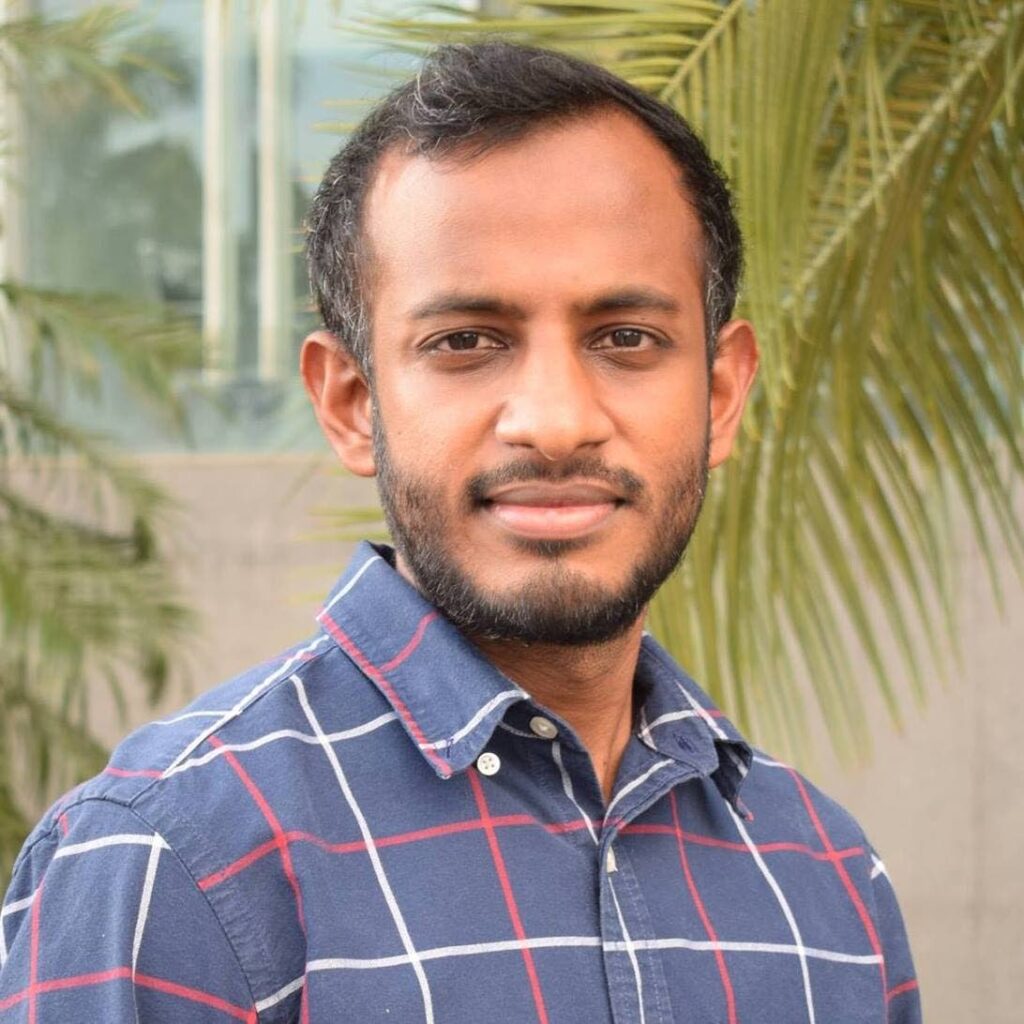Dying in the 21st century – it’s complicated

TAUREEF MOHAMMED
IN MY first month of training in Canada, I learnt someone can be alive and pulseless.
The man, who was probably in his sixties or seventies, had heart failure – his pump was weak – one of the commonest conditions on any adult medicine ward. I searched for his pulse, pressing my fingertips on the points of his body where I expected an artery to be pulsating, and felt nothing. Then I auscultated his chest and, instead of hearing the classical lub-dub, heard a continuous whizzing sound.
To say I was perplexed is an understatement. Meanwhile, the man with heart failure, who had what looked like a battery pack strapped to his torso, chatted away with me, saying he felt fine.
It was either the nurse or the patient who had told me about the left ventricular assist device (LVAD) – an electrical device, smaller than the palm of my hand, implanted in his chest cavity – that continuously pumped blood forward, making up for his failing heart.
Two years later, in the ICU, I encountered another pulseless patient.
Covid19 had destroyed the middle-aged man’s lungs to the point that a ventilator, which depended on some lung reserve, wasn’t enough. So, his blood was shunted away from his defunct lungs, out of his body via tubes, to a machine at his bedside which oxygenated his blood before pumping it back into his body – a process called extracorporeal membrane oxygenation (ECMO).
The continuous flow from both devices did not produce a pulse as a beating heart would.
I had never seen any of these interventions before and the unfamiliarity made me uncomfortable. I struggled to wrap my head around the idea that someone can be alive and pulseless.
They weren’t dead, but surely without a pulse they weren’t too far? If they weren’t too far, then they were dying? But, my patient with the LVAD didn’t look like he was dying. If his LVAD battery died, however, he probably would. So, he wasn’t far. Hopefully his cardiologist had explained all of this to him because I couldn’t.
In TT, where I did medical school and worked as a junior doctor for a short time, I had never found myself in such a conundrum. Although there were advanced interventions, compared to Canada, their availability was much more limited.
Maybe the problem was me, an islander unprepared for the big, modern world.
But by my third year in Canada, after seeing things that I would never have seen in TT – for example, the fatal brain bleed my patient on ECMO got, likely from the blood thinner that was used to keep the circuit running smoothly – I wondered if having less was a blessing in disguise. In TT, I simply had not seen so many people hover between life and death, and then die so miserably.
Was 21st-century medicine making it difficult to die?
I asked Dr Wael Haddara, chair of critical care at Western University. A critical care doctor for the past 17 years, he has seen the limits pushed for better and for worse.
Dying, he said, was becoming complicated for two reasons: “Our ability to do more and more with technology and our failure to recognise the natural trajectory of certain illnesses.
“The ubiquitousness of life support mechanisms have created the impression for some, including physicians, that everything is treatable.”
It wasn’t just medicine, though. Medical TV shows, he added, gave a skewed idea of reality. “Everybody does well.”
Consequently, he said, dying had become foreign to all of us.
At age nine, Dr Haddara moved to Canada from Egypt, where, as a boy, he saw his grandfather die at home.
“The general idea is that you live and then you die, and I wonder whether death as part of the life cycle is being lost.”
Reflecting on a 2010 study that found 75 per cent of Ontarians died in hospital, he said, “As a young boy, I saw three people die. I don’t think that’s a common experience we have here – that is, death at home in a non-medicalised setting.
“As a society we have lost touch with dying.”
And TT is no exception. Though resources may be more limited, life expectancy is on the rise, the ageing population is expanding, and death is being pushed back, further and further. But it will come. How will it come? If you look to medicine for the answer, I could tell you: it leaves a lot to the imagination.
Taureef Mohammed is a graduate of UWI and a geriatric medicine fellow at Western University, Canada


Comments
"Dying in the 21st century – it’s complicated"